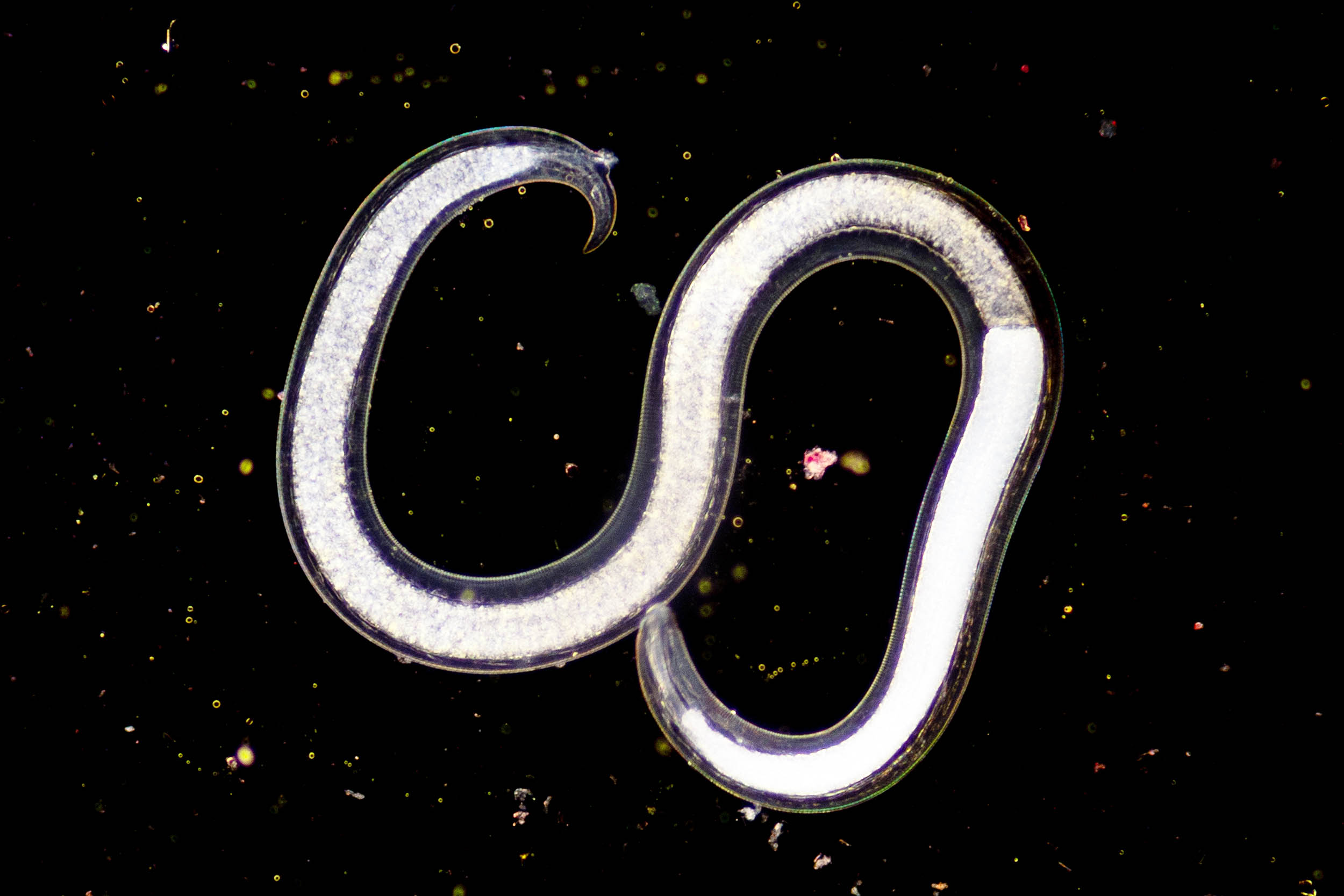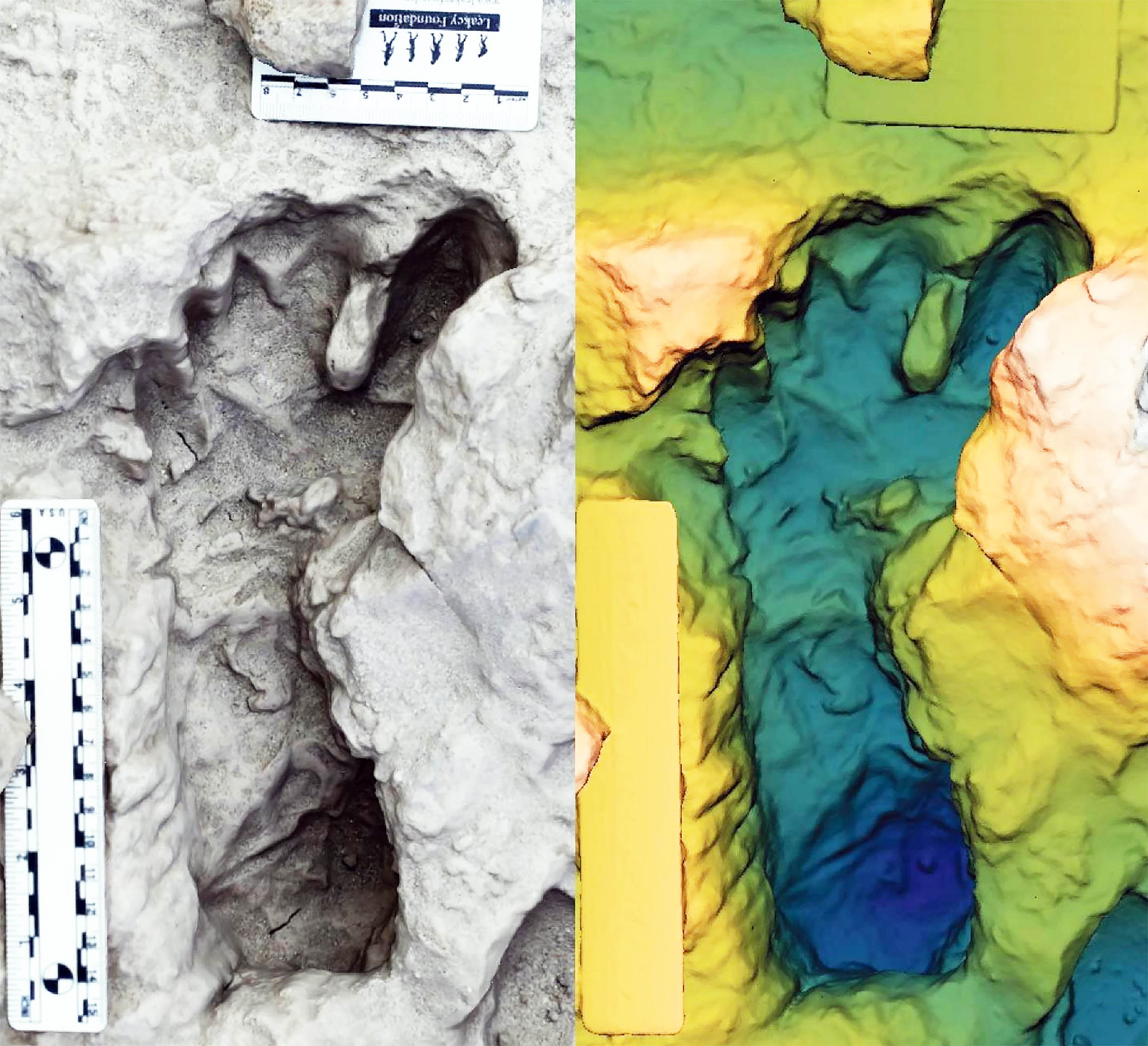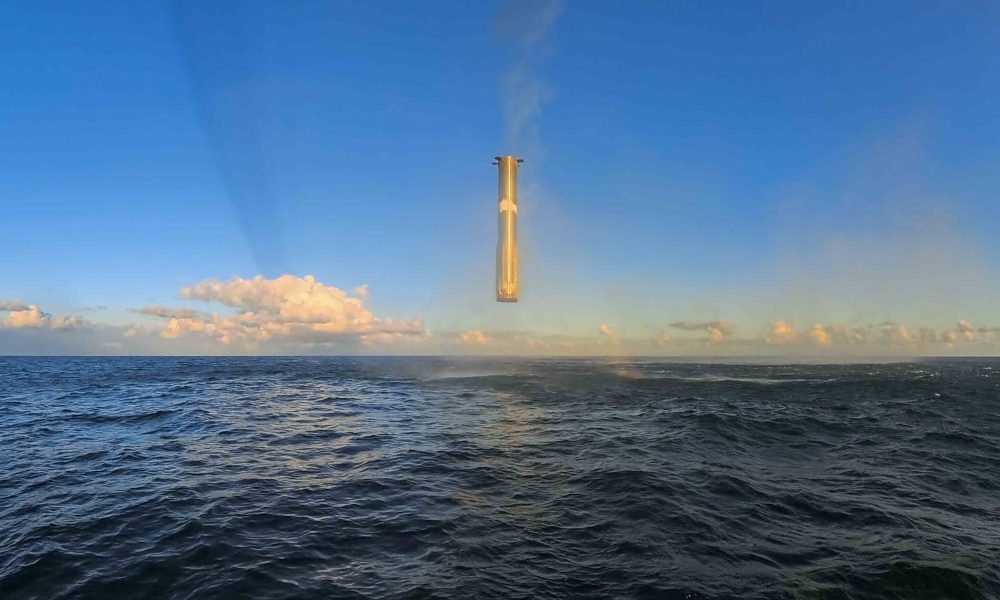Ancient Worms Woken from 46,000-Year Slumber: What This Means for Science!

Imagine a world where ancient creatures, frozen in time for tens of thousands of years, suddenly wake up! That’s exactly what scientists experienced when they revived tiny nematodes found in Siberian permafrost. These remarkable organisms, which had been frozen since the Last Ice Age, sprang back to life after gentle warming in the lab, sparking essential scientific inquiries about survival and resilience.
The epic story began in the icy depths of Siberia, where the permafrost has preserved life at chilling temperatures for over 46,000 years. Researchers were astonished to discover these nematodes—tiny worms that defy the odds of time and temperature. Their revival raises crucial questions: How did they manage to survive such an extreme freeze? Could insights from these ancient beings revolutionize modern medicine and life preservation techniques?
Initially identified as nematodes, the research team, led by biodiversity genomics expert Philipp Schiffer from the University of Cologne, embarked on a quest to determine their exact species. Using advanced phylogenomic analysis, they named this newfound species “Panagrolaimus kolymaensis,” paying homage to the Kolyma River region where they were discovered. What’s intriguing is that these nematodes possess three sets of chromosomes, a rare trait that allows them to reproduce without males, a process known as parthenogenesis.
But the real mystery lies in their survival. Researchers learned that allowing the worms to dry out before freezing significantly enhanced their ability to endure extreme conditions, such as the -80 °C they faced. The permafrost provided an oxygen-poor environment, crucial for preserving their DNA and cellular structure over the millennia.
What’s more captivating is the genetic link between Panagrolaimus kolymaensis and the well-known model organism Caenorhabditis elegans. Both species share genes associated with cryptobiosis, a state where life can virtually be paused to withstand harsh conditions. This similarity opens the door to groundbreaking methods for long-term storage of biological materials, which could benefit fields ranging from medical research to conservation.
Through their remarkable adaptability, these nematodes demonstrate nature's incredible resilience. As climate change continues to thaw permafrost, we can expect more ancient organisms to emerge, potentially enriching our ecosystems with genetic diversity. The lessons learned from Panagrolaimus kolymaensis are not just about survival; they could transform how we think about life preservation on a geological scale.

























